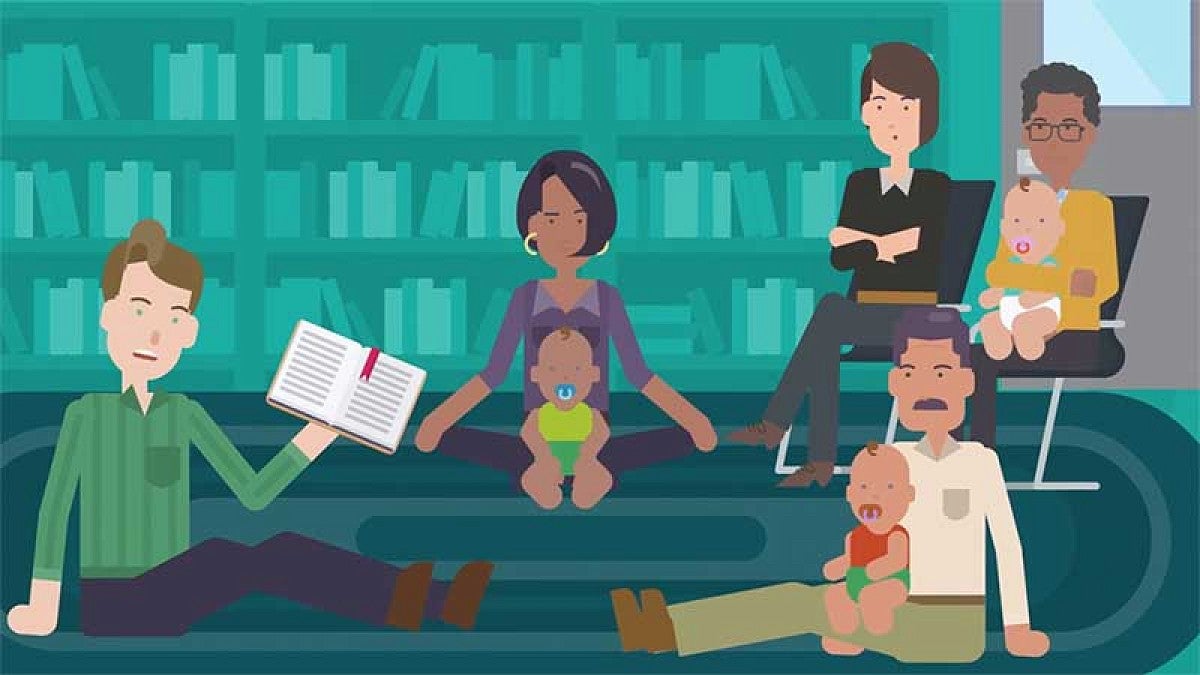Moving innovations from the lab to the marketplace doesn’t always follow a straight line, which is why the UO’s Innovation Partnership Services recently launched a new video series featuring researchers working to make a difference with their discoveries.
Research universities like the UO are engines of innovation where discovery drives local economic opportunities. But the process of translating academic research into social impact requires a focused effort, said Chuck Williams, associate vice president for innovation and director of Innovation Partnership Services.
The office, based in the Office of the Vice President for Research and Innovation, creates partnerships between the public, industry and members of the university community that enable researchers and innovators realize greater impact in the world.
“We sometimes call the process technology transfer, but it’s not simply a matter of moving technology from one place to another,” Williams said. “It requires a dedicated community of specialists who can help our researchers identify strategies to align their academic pursuits with societal needs.”
The initial videos focus on the work of three UO researchers. One episode highlights the work of Avinash Bala of the Institute for Neuroscience, who co-founded the company Perceptivo with UO neuroscientist Terry Takahashi.
While studying hearing in barn owls, Bala invented a new way to test hearing loss in babies, developing a system that measures pupil dilation in response to new sounds. Based on his market research, Bala believes Perceptivo has the potential to transform infant audiology diagnosis with a noninvasive, objective testing device.
He recently earned a small business innovation research grant through a highly competitive program from the Small Business Administration, administered through the National Institutes of Health. The one-year grant of about $250,000 will allow the company to perform some critical testing of infant hearing in clinical environments similar to those of their future customers, to demonstrate the accuracy and sensitivity of the Pupil Dilation Response method.
Other videos in the series include an episode highlighting a new initiative by Phillip Fisher, Phillip Knight Chair and director of the Center for Translational Neuroscience. Together with postdoctoral researcher Tyson Barker, Fisher created the EC PRISM, for Early Childhood Precision, Innovation and Shared Management framework, which combines the experiences of practitioners and researchers to scale up the effectiveness of early childhood programs.
The program makes use of a tool that enables organizations and institutions to find appropriate measures that have high value in solving societal problems and improving health and well-being in the context of their organizations and communities.
In another episode, UO clinical psychology professor Nick Allen talks about the support he received launching his company, Ksana Health, which uses digital technology devices such as cell phones and wearables to optimize mental health. Allen secured a Translational Research Grant from the Office of the Vice President for Research, allowing him to take Ksana to the marketplace.
The service is powered by the Effortless Assessment of Risk States tool he developed at the UO, which uses machine learning to identify patterns of behavior that indicate increased risk of self-harm and improves how therapists communicate with their patients to bring interventions into every-day life.
Innovation Partnership Services helps UO researchers like Allen build to scale, evaluate the use of intellectual property rights associated with their research, and invest in intellectual property protection by filing patents and registering copyrights and trademarks.
Technology transfer usually starts with early discussions as part of the grant preparation and proposal process to help researchers think about what they want to have happen when they create or discover something new. Innovation Partnership Services also plays the role of a venture consultancy of sorts, helping researchers identify the right financial models and intellectual property strategies to give their enterprises the best shot to become self-sustaining.
“One of the things I think most academics want is to have some kind of social impact with their work; they want it to get out there and actually improve people’s lives in some kind of way,” Allen said. “It’s harder to do that than it sounds. We found that the support from people at Innovation Partnership Services was absolutely critical to getting us set on this pathway.”
UO researchers and developers who are interested in realizing the full potential of their work for broader impact can contact Innovation Partnership Services at techtran@uoregon.edu.
—By Adam Spencer, Innovation Partnership Services


